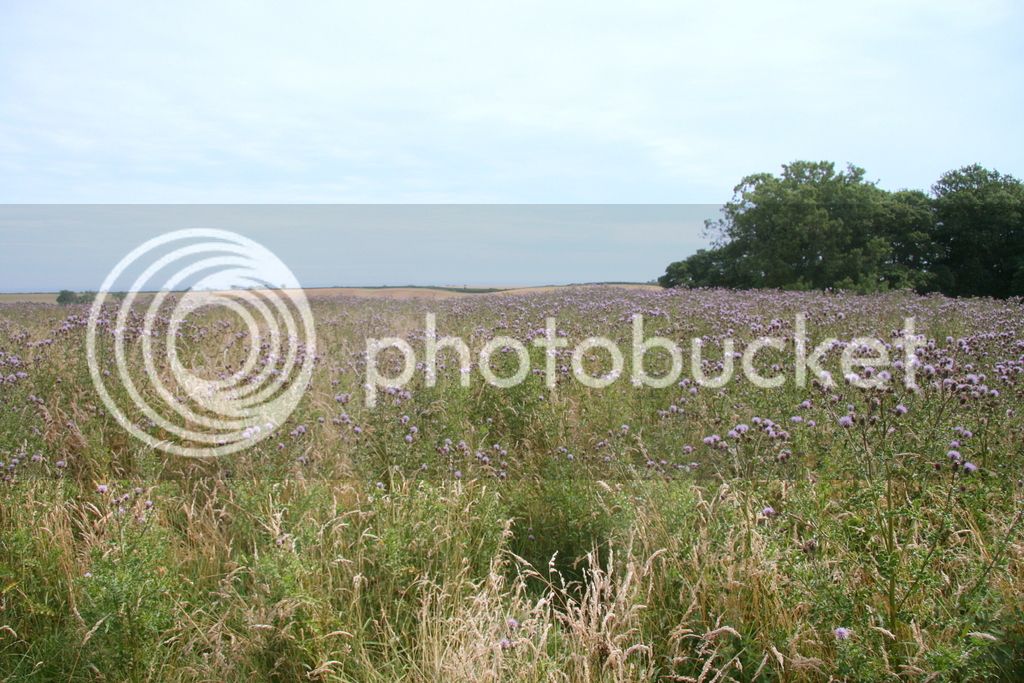Finman
Queen Bee
- Joined
- Nov 8, 2008
- Messages
- 27,887
- Reaction score
- 2,026
- Location
- Finland, Helsinki
- Hive Type
- Langstroth
Drawing a distinction between Farming and horticulture is just semantics, they are essentially the same thing.
.
That is ridiculous claim...
Better to start to read British dictionary.
.
Last edited:



















































